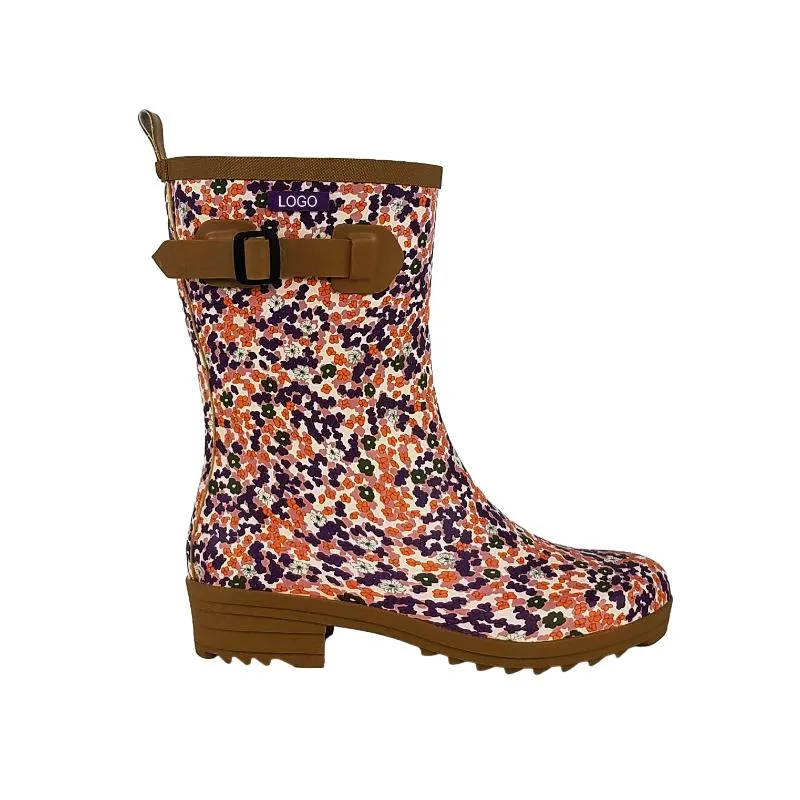The Essential Guide to Waterproof Upland Boots
When embarking on outdoor adventures, particularly in upland environments, choosing the right footwear is crucial. Waterproof upland boots stand out as an essential piece of equipment for outdoor enthusiasts, hunters, and anyone navigating wet or rugged terrains. This article dives into the features, benefits, and key considerations when selecting the perfect pair of waterproof upland boots.
Importance of Waterproofing
The primary function of waterproof upland boots is to keep your feet dry in various conditions. Whether you’re trudging through muddy fields, crossing streams, or navigating rainy days in the wilderness, moisture can quickly dampen your spirits if your boots aren’t up to the task. Waterproofing usually involves a combination of moisture-resistant materials, sealed seams, and waterproof membranes such as Gore-Tex. This technology allows sweat to escape while preventing rainwater and mud from entering, keeping your feet comfortable and dry.
Durability and Protection
Durability is another hallmark of quality upland boots. These boots are typically constructed from tough materials like leather or high-denier nylon, designed to withstand the rigors of rugged terrain. Features such as reinforced toe boxes, sturdy soles, and durable laces provide essential protection against rocks, branches, and other potential hazards. Furthermore, a sturdy sole, often made from rubber, offers excellent traction on slippery surfaces, which is paramount when traversing uneven and wet ground.
Comfort and Fit
When spending long hours in the field, comfort becomes a top priority. Waterproof upland boots should offer a good fit that prevents blisters and discomfort. Look for boots with padded collars and insoles, as well as options for arch support. Many brands offer various widths and sizes, ensuring a snug fit for everyone. It's also wise to try on boots with the socks you plan to wear during your activities, as this can affect the overall fit and comfort level.
waterproof upland boots

Insulation Considerations
For those who venture into colder climates, consider insulated waterproof upland boots. Insulation materials, such as Thinsulate or other synthetic fibers, help retain heat without adding bulk, providing warmth during cold hikes or hunts. Opt for a combination of waterproofing and insulation for an all-weather pair of boots that performs well in a variety of conditions.
Style and Aesthetics
While functionality is paramount, the aesthetics of waterproof upland boots should not be overlooked. Many brands now offer a range of styles and colors that appeal to both practicality and fashion. Whether you prefer traditional leather or modern synthetic options, there’s a boot to match your taste while performing well in the field.
Maintenance and Care
To extend the lifespan of your waterproof upland boots, proper maintenance is necessary. Regularly clean mud and dirt off the boots using a soft brush or cloth, and ensure they are completely dry before storing them. Applying a waterproofing treatment periodically can enhance their water-resistant properties, especially after heavy use. Additionally, rotating your footwear can prevent premature wear and tear, allowing your boots to maintain their protective qualities.
Conclusion
In summary, waterproof upland boots are an indispensable companion for outdoor enthusiasts. With their exceptional waterproofing, durability, comfort, and protective features, they are designed to tackle the challenges of wet and rugged environments. Investing in a high-quality pair means prioritizing your foot health and overall enjoyment of outdoor activities, whether you're hunting, hiking, or simply exploring nature. So, when gearing up for your next adventure, remember that the right waterproof upland boots can make all the difference in your experience, ensuring that your feet stay dry and comfortable every step of the way.
-
Stay Dry in Any Condition with WadersNewsJul.17,2025
-
Elite Performance with Camouflage Combat BootsNewsJul.17,2025
-
Dry and Comfortable with Green Rubber Garden ShoesNewsJul.17,2025
-
Convenient Protection with Foldable RainbootsNewsJul.17,2025
-
Comfort and Protection with Neoprene Work BootsNewsJul.17,2025
-
Brighten Rainy Days with Floral Rain BootsNewsJul.17,2025
-
Safety Wellies: The Ultimate Combination of Protection, Comfort, and VisibilityNewsJun.19,2025











